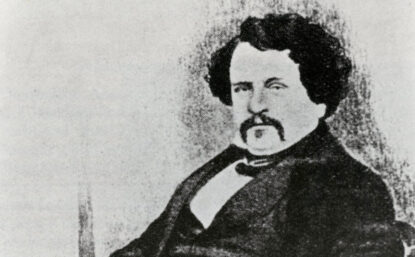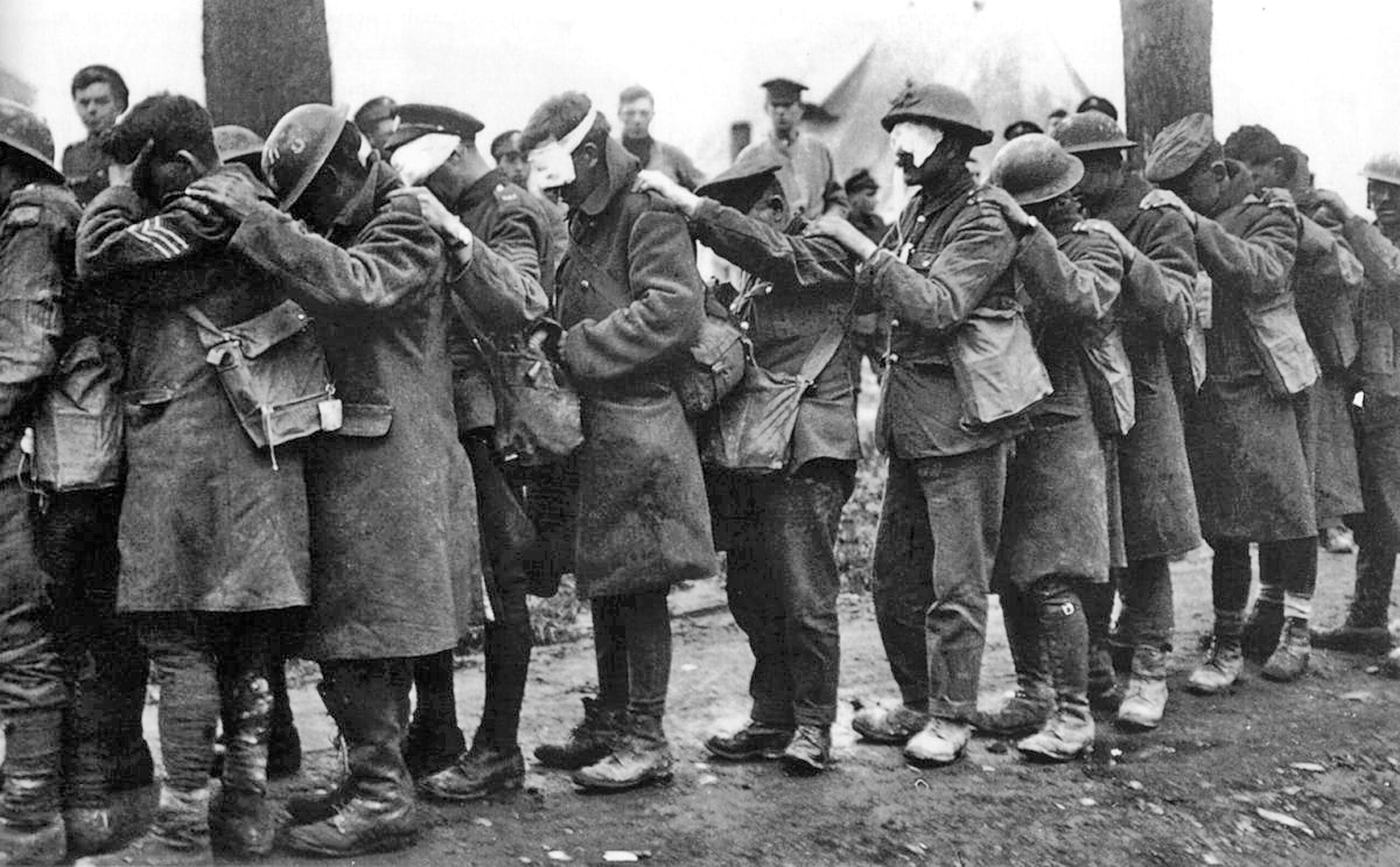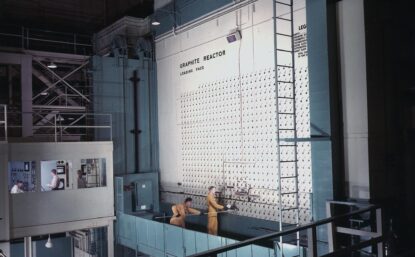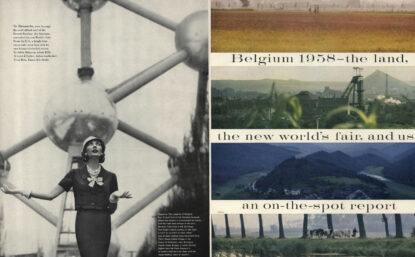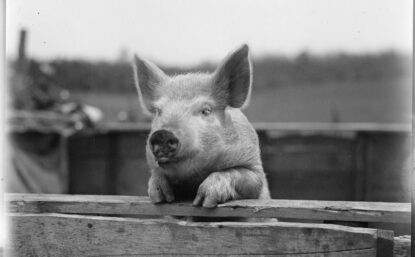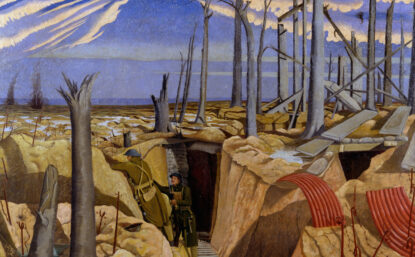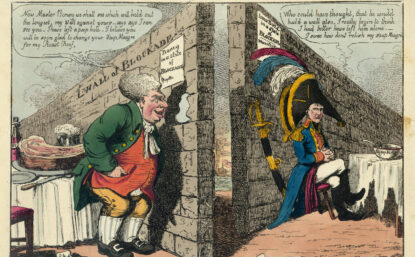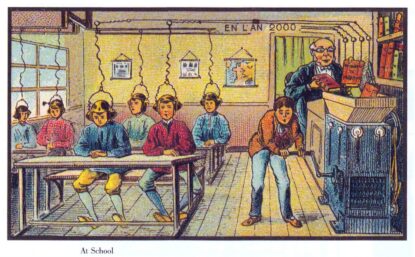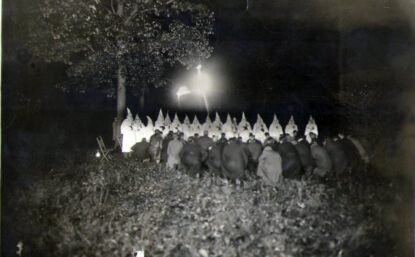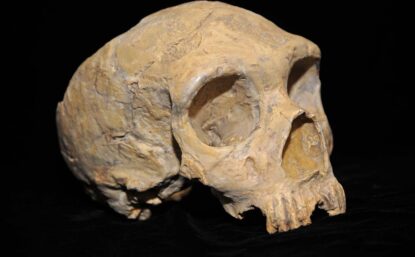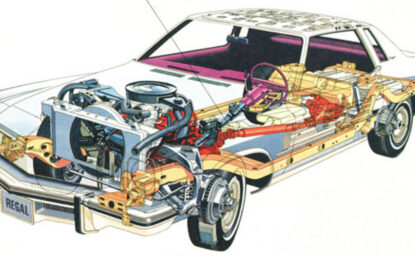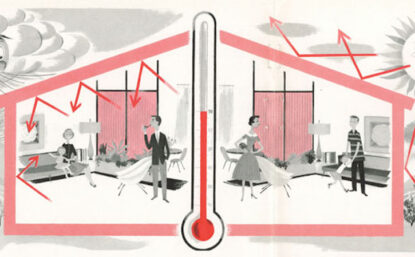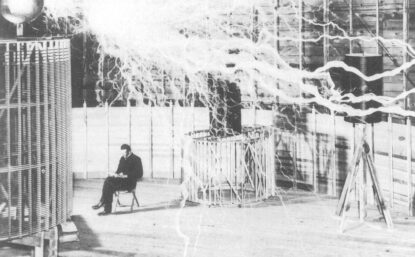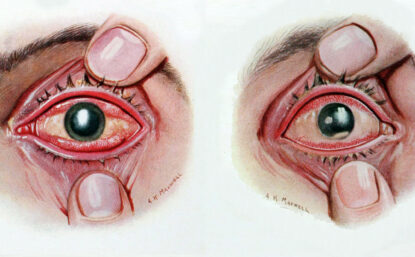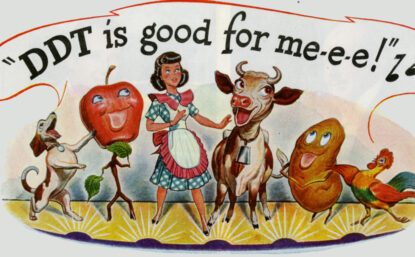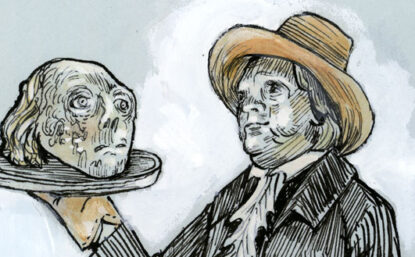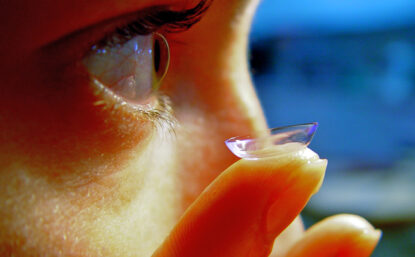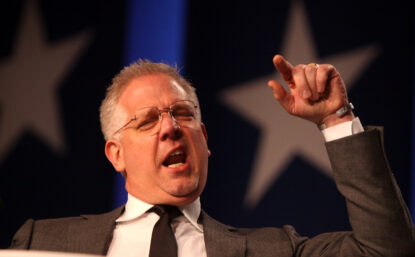Distillations magazine
Red the World Over
How a tiny cactus parasite called cochineal became one of the Spanish Empire’s most lucrative commodities.
Distillations articles reveal science’s powerful influence on our lives, past and present.
Hard-Headed Man
When William Aspdin stumbled on the secret to modern concrete, it was the first and one of the few fortuitous steps in an unsteady life.
A Brief History of Chemical War
For more than 2,000 years human ingenuity has turned natural and synthetic poisons into weapons of war.
Life and Death
A tour through the history of radioisotopes, used to study and treat disease and to unlock the secrets of DNA and photosynthesis.
Blast from the Past: Atomic Age Jewelry and the Feminine Ideal
Designers of the 1950s took up the atom and turned it into a fashion icon.
The Strange, Gruesome Search for Substance X
John Hughes worked his way through uncounted pig brains to find the human body’s natural painkiller.
Chemical Warfare: From the European Battlefield to the American Laboratory
In 1916 the United States sent its first official observer to the trenches of Europe, where he found a new kind of warfare.
The Blockade Runner
During the Napoleonic Wars one man in particular kept scientific knowledge flowing between enemies.
Brave New Butter
In the early 20th century, chemists prophesied a future that seemed both surreal and somehow within reach.
Coffins in a Bottle
A story of horror, deadly medicine, and the Ku Klux Klan.
Ancient DNA
Studying ancient DNA (aDNA) is a lot like playing Whac-A-Mole: stamp out one problem and another will pop up and take its place.
Clean Machine
The technology to scrub noxious gases from car exhausts has existed since the 1950s. Why did the U.S. government wait until the 1970s to mandate its use?
In the Pink
Winter’s coming, so wrap up and discover the history of home insulation.
The Electrical Wizard
Nikola Tesla’s career epitomizes the scientist as showman.
A Strange and Formidable Weapon
A terrifying weapon emerged in World War I: poison gas. In response, armies scrambled to protect their soldiers against these weapons and to treat those injured.
The DDT Collector
In the 1980s Phil Allegretti found an unusual hobby. His collection of old DDT cans, sprayers, and diffusers tells the story of our contradictory approach to pesticides.
Mummies and the Usefulness of Death
What do ancient Egyptian mummies, early modern medicines, a 19th-century philosopher, and a 21st-century chemist have in common?
Politically Unreliable: The State v. Otto Wichterle
Faced with political opposition to his work, the Czech chemist created the first wearable soft contact lens using a set of toys, a hot plate, and a gramophone motor.
Duck and Cover: Science Journalism in the Digital Age
For decades science journalists peacefully worked their beat. But trouble came to their ostensibly objective world. How did science writers get caught in the crossfire of the culture wars?

